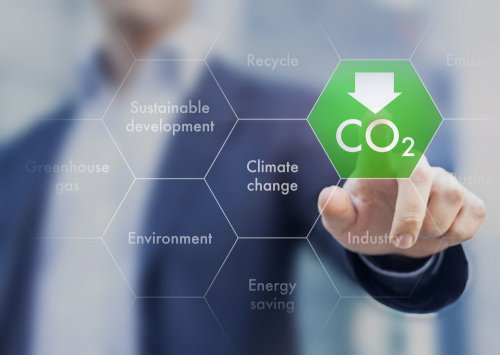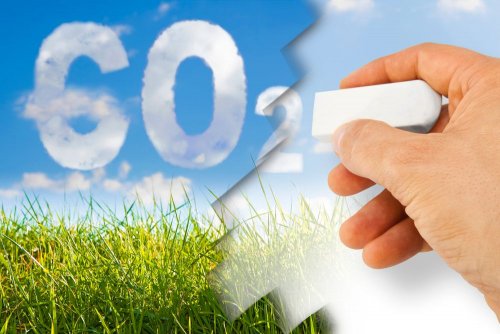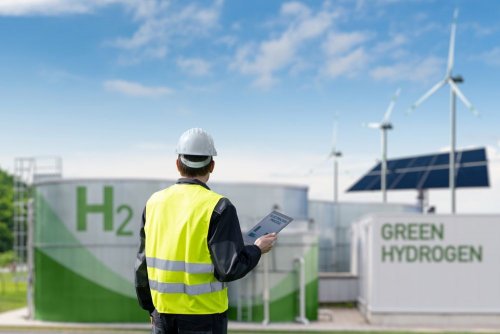A research group from the University of Colorado in Boulder, USA, claims that microalgae can be used to produce cement and concrete with zero or even negative emissions.
Scientists are using some types of calcareous microalgae that require only sunlight, seawater and dissolved carbon dioxide to produce biolimestone, reports Green Queen.
This process is similar to the formation of coral reefs.
Concrete is made from Portland cement, which requires limestone, which is most often quarried and burned at high temperatures. During the process, a large amount of carbon dioxide is released into the atmosphere.
The cement industry currently generates 2.9 billion tons of carbon emissions. This is approximately 622 kg of CO2 for every metric ton of cement produced.
"For the industry, now is the time to solve this very wicked problem. We believe that we have one of the best solutions, if not the best solution, for the cement and concrete industry to address its carbon problem," said Will Srubar, the project's principal investigator and associate professor of civil , environmental and architectural engineering, and CU Boulder's Materials Science and Engineering Program.
The team received a $3.2 million grant from the US Department of Energy's (DOE) Advanced Research Projects Agency (ARPA-E) and was recently selected by the HESTIA program.
Biolimestone is similar to limestone currently used in the industry. However, a traditional mineral is formed over millions of years, while biolimestone is formed in real time.
“On the surface, [the microalgae] create these very intricate, beautiful calcium carbonate shells. It’s basically an armor of limestone that surrounds the cells,” said Srubar.
Because the new microalgae cement is so readily available, the research team believes the transition to a sustainable alternative could happen "overnight."
They noted that if all cement-based construction worldwide were replaced with biogenic limestone cement, 2 gigatonnes of CO2 would no longer be emitted into the atmosphere each year, and more than 250 million additional tonnes would be absorbed and stored in these materials.
“We see a world in which using concrete as we know it is a mechanism to heal the planet,” said Srubar. “We have the tools and the technology to do this today.”
As EcoPolitic reported earlier, London-based startup Brilliant Planet has developed a low-cost technology of capture and storage of carbon using algae, where the price per ton of carbon will be from $50 to $100.





